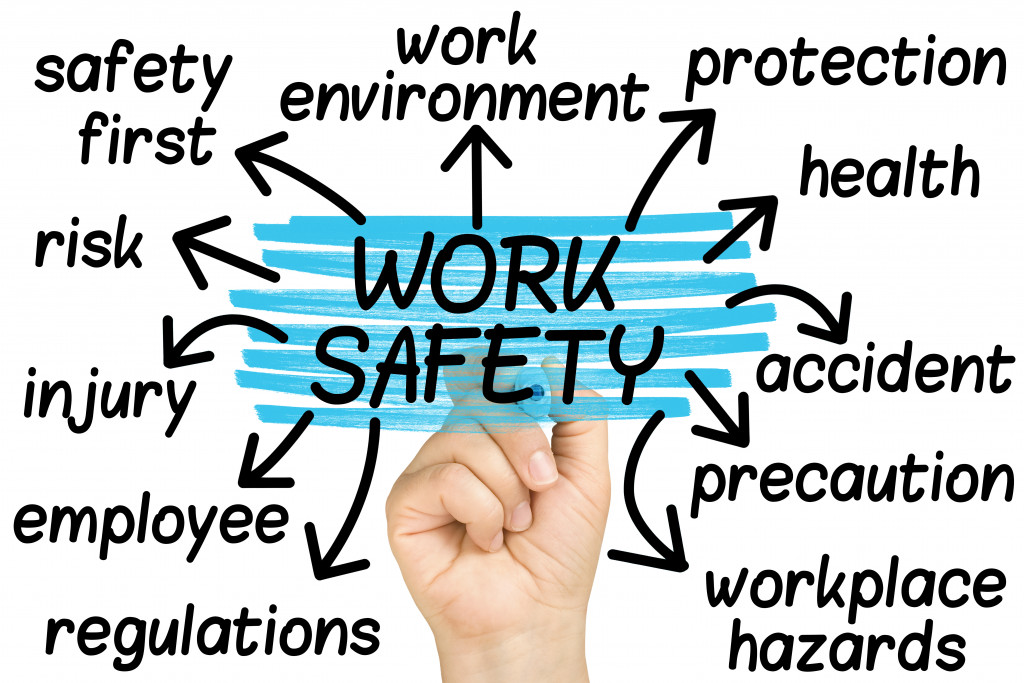A culture of safety and compliance in the workplace is crucial for the success of any business. Maintaining a safe and healthy environment for employees should be a top priority. And implementing the proper safety and compliance procedures is the best way to achieve this goal.
Creating a culture of safety and compliance requires a commitment from both management and employees. Management must set the tone for the workplace and ensure that all employees are aware of the importance of safety and compliance.
On the other hand, employees must also be willing to follow safety procedures and report any concerns. This balance is essential to maintaining a safe and compliant workplace. There are a few key steps that companies can take to create a culture of safety and compliance in the workplace:
1. Establish clear policies and procedures
Establishing clear policies and procedures is the first step in creating a culture of safety and compliance in the workplace. All employees should be aware of the company’s policies on safety and compliance. Of course, these policies should be communicated to all employees.
But they should also be posted in conspicuous places around the workplace to serve as a reminder. Additionally, management should hold regular meetings to review the policies and procedures with employees, which will help to ensure that everyone is on the same page.
2. Train employees on safety and compliance
All employees should be trained on the importance of safety and compliance. This training should cover topics such as identifying hazards, reporting concerns, and what to do in an emergency. By doing so, employees will be better equipped to handle any safety or compliance issues.
Aside from formal training, management should also provide employees with regular reminders about safety and compliance. These reminders can take the form of emails, posters, or even short videos. By keeping safety and compliance top of mind, employees will be more likely to follow the company’s policies.
3. Encourage employees to report concerns
Encouraging employees to report any safety or compliance concerns is crucial. Employees should feel comfortable reporting concerns without fear of retribution because they know their reports will be taken seriously.
Companies can implement an anonymous reporting system to encourage employees to speak up. This way, employees can report concerns without fear of reprisal. Additionally, management should make it clear that they are open to hearing employees’ concerns and that they will take appropriate action.
4. Conduct regular audits and inspections
Regular audits and inspections of the workplace are essential to maintaining a culture of safety and compliance. This could include onsite drug testing, safety equipment inspections, and work area audits. By conducting these audits and inspections regularly, companies can identify any potential hazards and take steps to mitigate them.
Trained professionals should conduct these audits and inspections because only they will be able to identify potential hazards. After the audits and inspections are complete, management should review the findings with employees. This will help ensure that everyone knows the potential dangers and how to avoid them.
5. Take corrective action when necessary
If any problems are found during an audit or inspection, corrective action must be taken immediately to fix the problem. This disciplinary action may include changes to policies and procedures, additional training for employees, or the implementation of new safety equipment.
Of course, taking corrective action is not always easy. It may require management to make tough decisions, such as terminating an employee. But if it means keeping the workplace safe and compliant, it is always worth it.
6. Foster a culture of communication
Fostering a culture of communication is another critical step in creating a culture of safety and compliance in the workplace. Employees should feel comfortable communicating with management about any concerns they have. Additionally, management should keep employees updated on any changes to policies or procedures.
By fostering a culture of communication, companies can create an open and transparent environment. This will help ensure that everyone is on the same page and that any concerns are quickly addressed. Otherwise, minor problems can quickly turn into big ones.
7. Lead by example
Management must lead by example to create a culture of safety and compliance in the workplace. This means following all safety and compliance policies and procedures, being proactive about identifying hazards, and taking immediate corrective action when necessary.
Additionally, management should be open to hearing employees’ concerns and feedback. They can show that they are committed to creating a safe and compliant workplace, which will go a long way in fostering a healthier environment.
Creating a culture of safety and compliance is crucial for the success of any business. By implementing the proper safety procedures and training employees on these procedures, companies can create a safe and healthy work environment for their employees.



